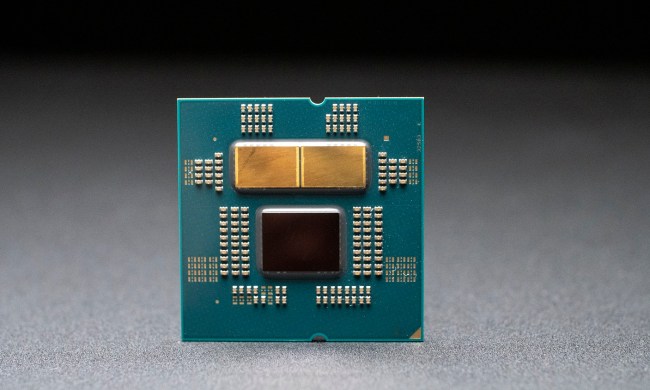“Interactive Robogami is a software tool that allows non-expert users to design and build their own custom walking and driving robots,” CSAIL Ph.D. candidate Adriana Schulz, one of the lead authors of the project, told Digital Trends. “The system is end-to-end, meaning it takes care of generating 3D-print files, software, and the electronics wiring: giving the user a complete fabrication plan. Users can focus purely on the high-level, conceptual design.”
A bit like the tools which allow people to design simple video games by piecing together pre-assembled pieces, Interactive Robogami lets users choose from a library of different bodies, wheels, legs and “peripherals” — along with a selection of movement types. The nifty part of the software is that it ensures that all designs will be workable and won’t, for instance, tip over due to being overly top-heavy. The finished product is then 3D printed as a flat kit, ready to be folded into its final shape. From start to finish, robots can be created in just a few hours.

“We hope that this work will be a significant step toward democratizing the design and fabrication of robots,” Schulz said. “We hope that with our tool, people of all skill levels can make robots capable of solving personalized tasks, without having the years of experience robotics historically has required. Our dream is to see this system used by all schools, providing a new way of teaching computational thinking and creating.”
The technology was recently tested on a team of participants who were able to build a number of different robots, ranging from single leg walkers to robots which used a combination of legs and wheels, after just 10 minutes of training.
Sadly, you have to wait a bit longer than that for Interactive Robogami to be made available to the public, though. “Our interest is to eventually distribute the system,” Schulz concluded. “At the moment, we need some additional development to take the research-grade system to a level where others can use it, and we are looking for funding to achieve this.”
A research paper describing the work can be read here.


